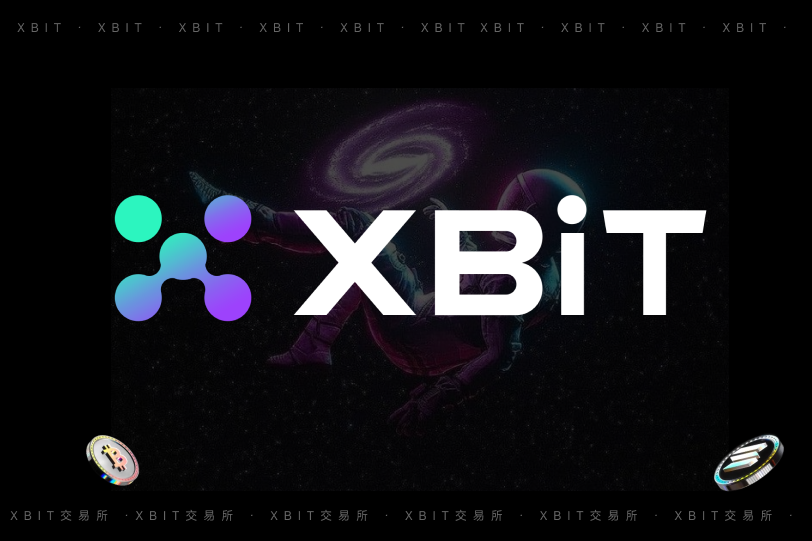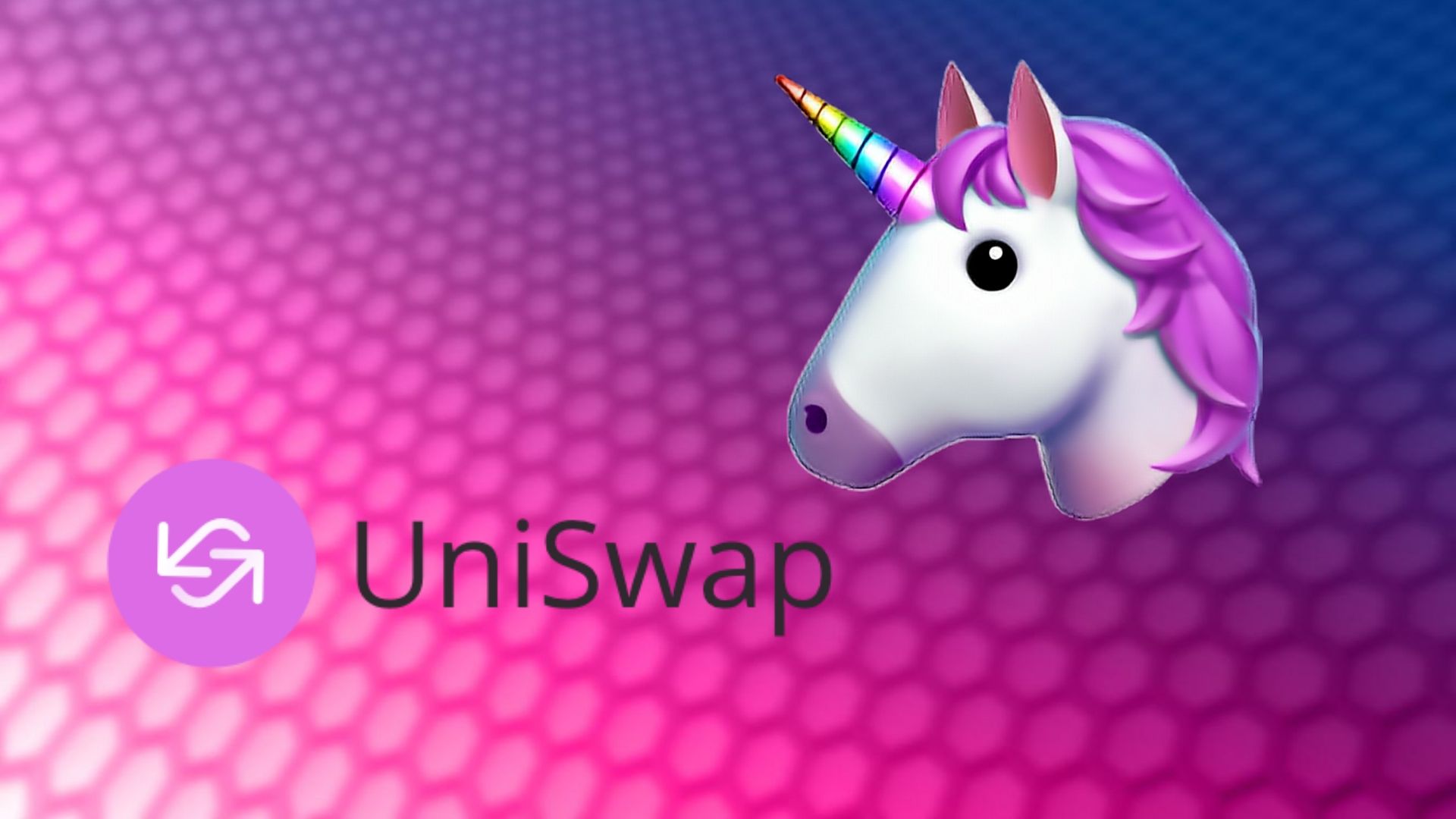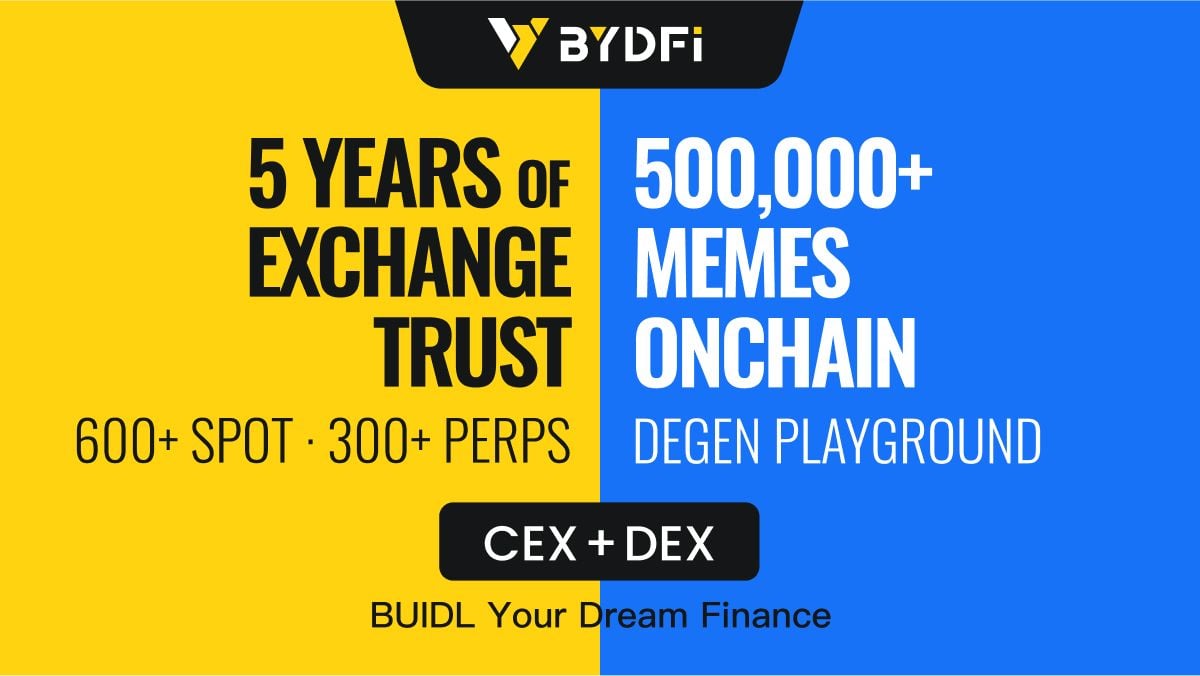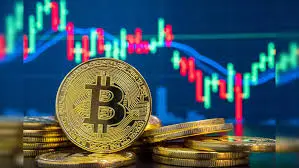If you have been in the crypto world for a long time, you must have heard this saying: If it is not your key, it is not your coin. This sentence is simple, but it reveals the fundamental meaning of the existence of decentralized exchanges (DEX).
In the past few years, whether it is a bull market or a bear market, many investors have always relied on centralized exchanges (CEX) such as Binance, Coinbase, and OKX to trade. But as doubts about "trust intermediaries" continue to rise, a new way of trading has gradually come to the fore - decentralized exchanges. Especially after the FTX crash, people suddenly realized that even the most stable centralized platform may disappear overnight, and the funds that users deposit there...may never be retrieved.
What is DEX and why is it trustworthy?
Decentralized Exchange, also known as Decentralized Exchange in English, or DEX for short, is an open trading system built on the blockchain. Unlike traditional exchanges, DEX does not require users to entrust their assets to a third-party platform. Transactions are completely implemented through smart contracts, and assets are always in the hands of users.
For example, if you use an Ethereum wallet to access Uniswap, you only need to connect the wallet and sign the transaction to directly exchange your ETH for USDC. There is no intermediary, no registration, KYC, or even the concept of centralized accounts. Because of this, DEX has achieved true "peer-to-peer" transactions.
Many people exclaimed when they used DEX for the first time: "This is too simple!" But behind this, there is a complex system that operates in coordination with multiple technical modules such as blockchain networks, smart contracts, and automated market makers (AMMs). It is these technologies that guarantee the security, transparency, and anti-censorship capabilities of DEX.

Why are cryptocurrency traders turning to DEX?
1. Improved fund security
To trade on CEX, you need to transfer the coins to the exchange account first, and the actual "control" is no longer in your hands. On DEX, the coins are in your own wallet from beginning to end, and the transaction is completed through the on-chain contract. There is no middleman, and the target of hacker attacks is no longer the wallet of a certain platform, but is scattered among tens of thousands of users.
2. Complete on-chain transparency
All transaction records are available on the chain, and anyone can view contract calls and transaction details through the block browser. This not only makes users more at ease, but also allows data analysts and developers to build rich analysis tools and strategy models on this basis.
3. No fear of "closing down" and running away
One of the biggest risks of CEX is that the platform runs away, and DEX has no "boss" and no "server", so it is naturally impossible to be closed. Even if the front-end interface is closed, as long as the smart contract is still running on the chain, you can still operate it through code or command line.
4. No KYC required, free trading
For many people, the biggest attraction of decentralized exchanges is freedom. No need to upload ID card, passport, proof of address, you only need a wallet to start trading. This is a real financial inclusion for people living in countries with strict regulation or lacking identity authentication materials.
5. More and more powerful ecology
DEX is not an isolated platform, it is a core part of the DeFi ecosystem. From lending (such as Aave), to stablecoins (such as DAI), to derivatives trading (such as dYdX), to yield aggregators (such as Yearn Finance), they are interconnected and build an open financial system like Lego blocks.
DEX is not just about free trading, it has a more profound meaning in financial sovereignty
For many users from developing countries, DEX is not just another tool for cryptocurrency trading, it may be their first door to the global financial system. According to the World Bank, there are still more than 1 billion people in the world who do not have official identification, which means that they cannot open an account in a traditional bank or pass any KYC process. But with just a smartphone and a small amount of digital assets, they can start their on-chain asset journey on DEX.
This completely "open" financial access right is the real value of DeFi in the eyes of the XBIT team. While promoting the development of its own ecology, XBIT particularly emphasizes the "no permission" trading experience. The XBIT Swap platform they are building is based on a high degree of user autonomy, compatible with Ethereum and multi-chain networks, and is committed to providing a cross-chain, barrier-free, high-performance trading entry. In the future, this kind of platform may become the main financial tool for those who have been forgotten by the traditional system.

Technological changes in DEX: from order books to AMMs, and then to cross-chain interoperability
Over the past few years, the technical architecture of DEX has undergone profound evolution. The original decentralized exchanges, such as 0x and AirSwap, were mainly based on the order book mechanism - buyers and sellers placed orders and then matched transactions. This model has a high dependence on liquidity and is susceptible to price slippage.
The emergence of Uniswap's AMM model has completely changed this situation. Through automatic pricing of liquidity pools, it solves the problem of "not being able to place orders and not being matched with people" for early DEX users, lowers the transaction threshold, and improves transaction efficiency.
But AMM is not perfect. It still has slippage risks in large transactions, and the asset pool has the problem of "impermanent loss". As a result, some emerging platforms have begun to introduce hybrid models, such as the combination of Order Book + AMM, or use the structure of off-chain matching and on-chain settlement to balance efficiency and decentralization.

XBIT also has its own layout in this regard. They not only support the AMM model, but also plan to launch a dynamic pricing mechanism based on variable rates to optimize liquidity incentives. In addition, XBIT is also committed to realizing a cross-chain DEX architecture, currently supporting asset transactions of Ethereum, Arbitrum, BNB Chain, and Avalanche. With the integration of new chains such as Solana and Sui, XBIT is expected to establish stronger interoperability in the multi-chain ecosystem.
What is the future of DEX?
There is no doubt that DEX is the future of crypto trading. With the continuous maturity of technology, especially breakthroughs in Layer2 expansion, cross-chain bridging, zero-knowledge proof, etc., the user experience of DEX is getting closer and closer to CEX.
More importantly, DEX carries the concept of financial sovereignty. In a network society that is increasingly pursuing privacy, freedom and efficiency, DEX is not just a trading tool, it is a part of our redefinition of "trust" and "rights".
In the future, when users transition from "speculating on coins" to "on-chain transactions" and then to "on-chain life", DEX will become their first door to connect to this decentralized world.
Behind this door, XBIT is trying to draw a new financial picture for the free on-chain people.
















No comments yet